
山东超声波清洗机在涂装处理的应用
作者:admin来源:http://senfuai.com/时间:2021-03-18
今天我们来讲讲超声波清洗机在磷化处理与涂装处理的应用,经过近几年对超声波清洗机技术在磷化处理中的研究实践,在提高产品喷涂质量和防止涂装件返锈方面,已取得良好效果。
启航彩Today we are going to talk about the application of ultrasonic cleaning machine in phosphating treatment and coating treatment. Through the research and practice of ultrasonic cleaning machine technology in phosphating treatment in recent years, we have achieved good results in improving product spraying quality and preventing coating parts from rusting.
一般传统工艺是脱脂、水洗、盐酸除锈、水洗、中和、水洗、表调、水洗、磷化、水洗、烘干。此工艺很大弊端是对结构复杂零件酸洗除锈后的残酸很难冲洗干净,尤其是焊接组合件磷化后,其夹缝内含有的残液影响后道工序的加工。
The general traditional process is degreasing, water washing, hydrochloric acid derusting, water washing, neutralization, water washing, surface conditioning, water washing, phosphating, water washing and drying. The major disadvantage of this process is that it is difficult to clean the residual acid after pickling and derusting the parts with complex structure, especially after phosphating the welding assembly, the residual liquid contained in the crevice affects the processing of the next process.
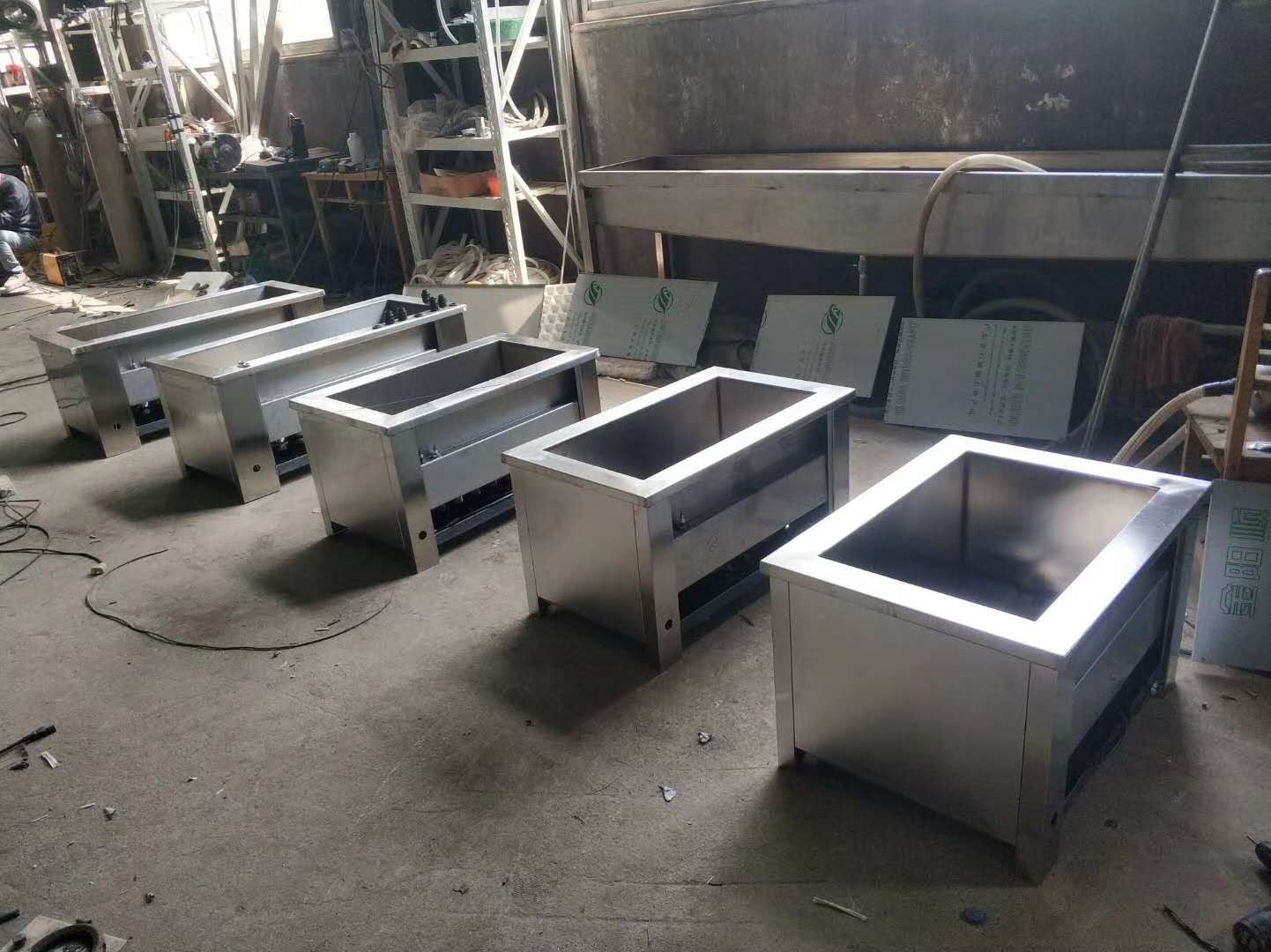
工件喷涂后,时间不长沿着夹缝出现锈蚀现象,波坏涂层表面。严重影响产品外观和内在质量。如摩托车车轮、油箱、车架、防盗门等。
After spraying, the workpiece will rust along the crack for a short time, and the coating surface will be damaged. Seriously affect the appearance and internal quality of products. Such as motorcycle wheels, fuel tank, frame, security door, etc.
山东超声波清洗机
Shandong ultrasonic cleaning machine
超声波清洗机漂洗是工件在除油、除锈、水洗、表调、磷化等工艺中渗透在焊接夹缝内的液体很难排出,且水洗不能完全清除干净,在湿热条件下夹杂物极易造成工件泛黄、生锈。
Ultrasonic cleaning machine rinsing is the process of removing oil, rust, water washing, surface adjustment, phosphating, etc. it is difficult to discharge the liquid in the welding seam, and the water washing can not completely remove it. Under hot and humid conditions, inclusions are easy to cause yellowing and rust of the workpiece.
如果这些残液在烘干过程中不能完全干固,随后粉末喷涂以高温烘干时,残液由于热膨胀的作用将渗出焊缝,影响涂料与金属表面的结合,造成涂层的附着力下降甚至脱离。
If the residual liquid can not be completely dried in the drying process, then when the powder spraying is dried at high temperature, the residual liquid will seep out of the weld due to the effect of thermal expansion, which will affect the combination of the coating and the metal surface, resulting in the decrease or even detachment of the coating adhesion.
 公司:启航彩
公司:启航彩  热线:18663767799
热线:18663767799 地址:山东省济南市济阳区创业路与启航街交叉口南40米
地址:山东省济南市济阳区创业路与启航街交叉口南40米




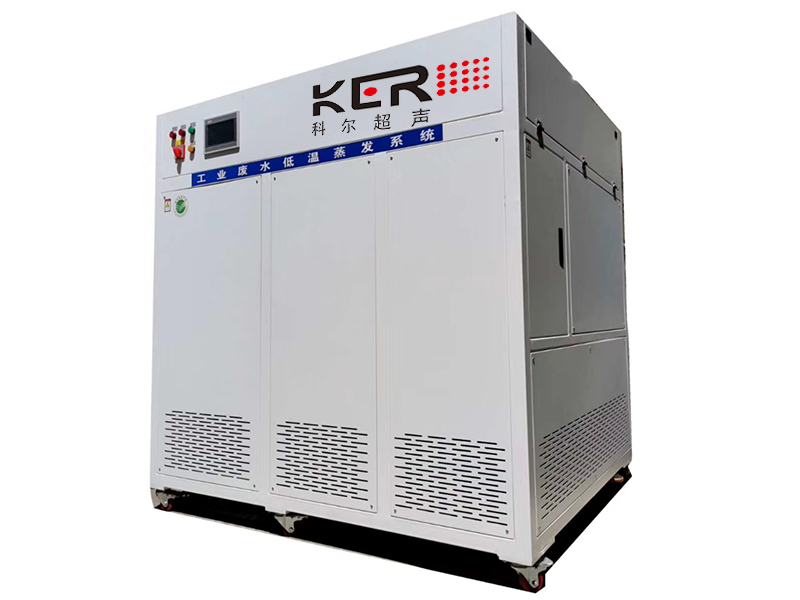
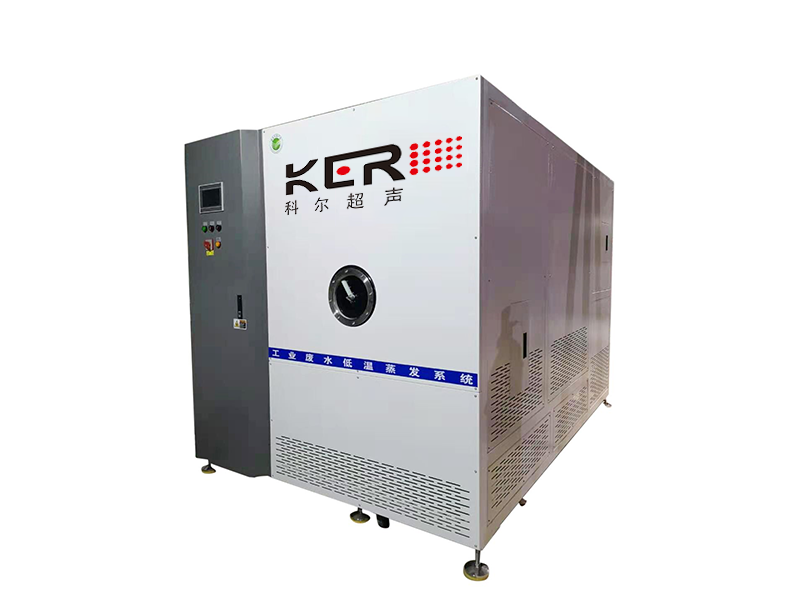
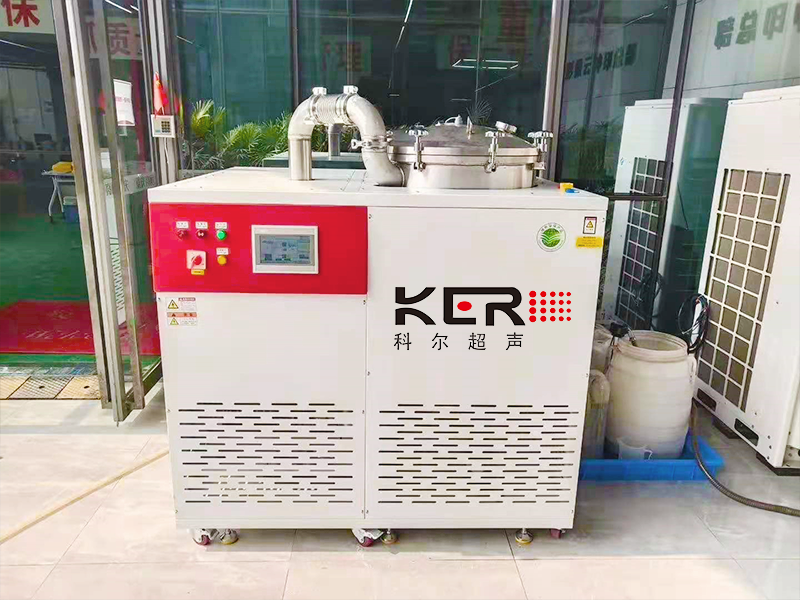
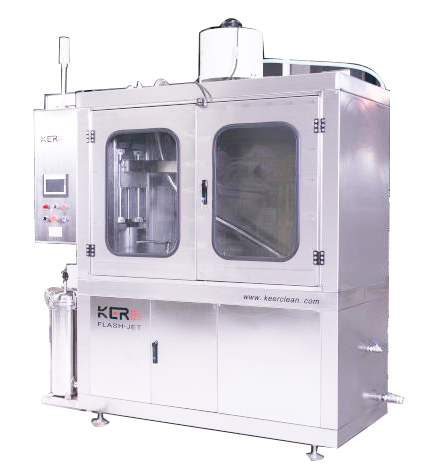
 新闻资讯
新闻资讯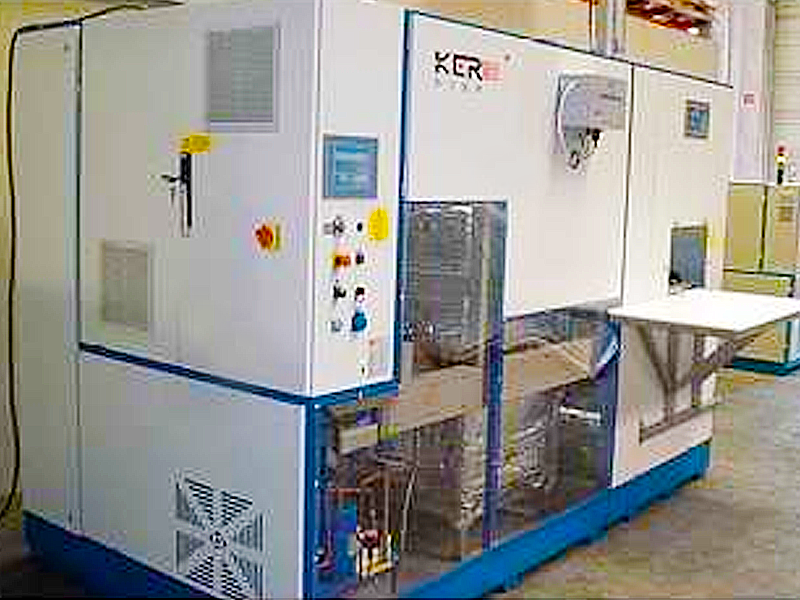
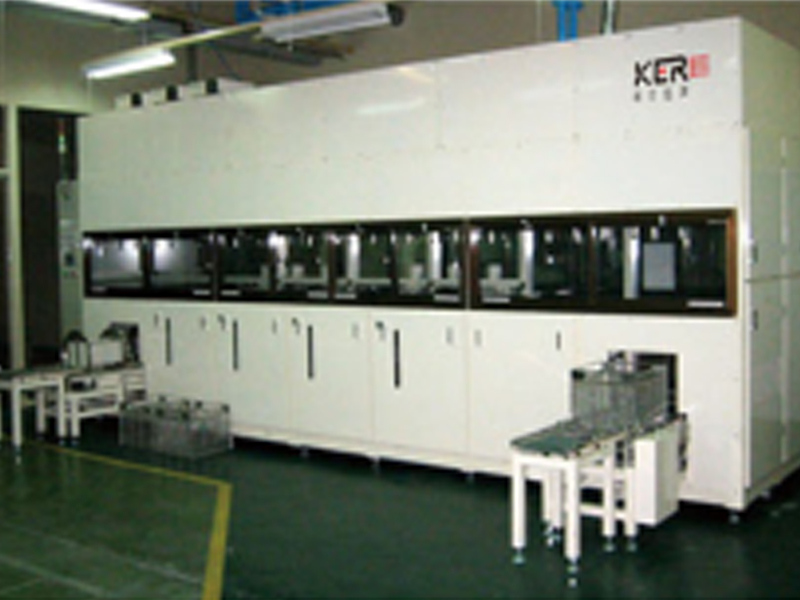
 联系我们
联系我们
 启航彩咨询电话:18663767799
启航彩咨询电话:18663767799 启航彩E-MAIL:jnkergs@163.com
启航彩E-MAIL:jnkergs@163.com 地址:山东省济南市济阳区创业路与启航街交叉口南40米
地址:山东省济南市济阳区创业路与启航街交叉口南40米 鲁公网安备 37011202001385号
鲁公网安备 37011202001385号
